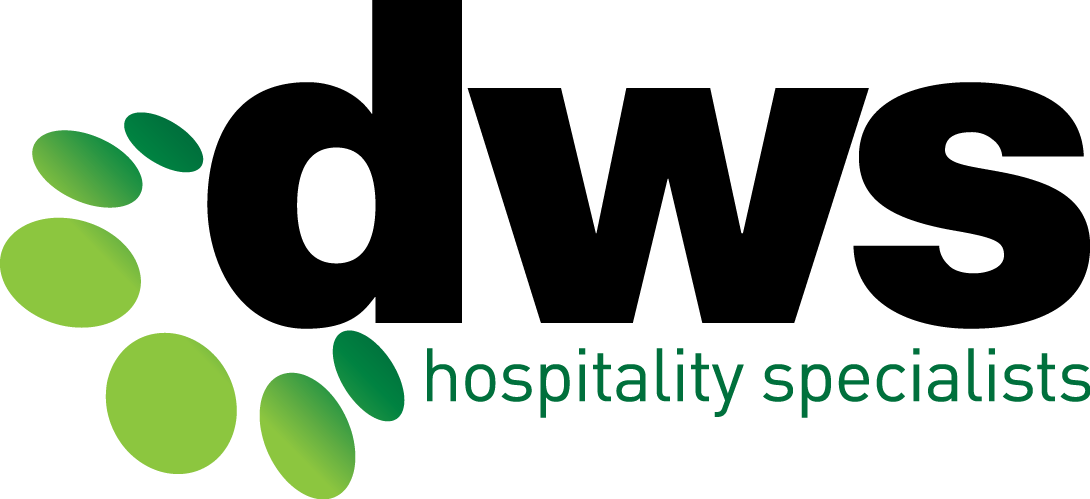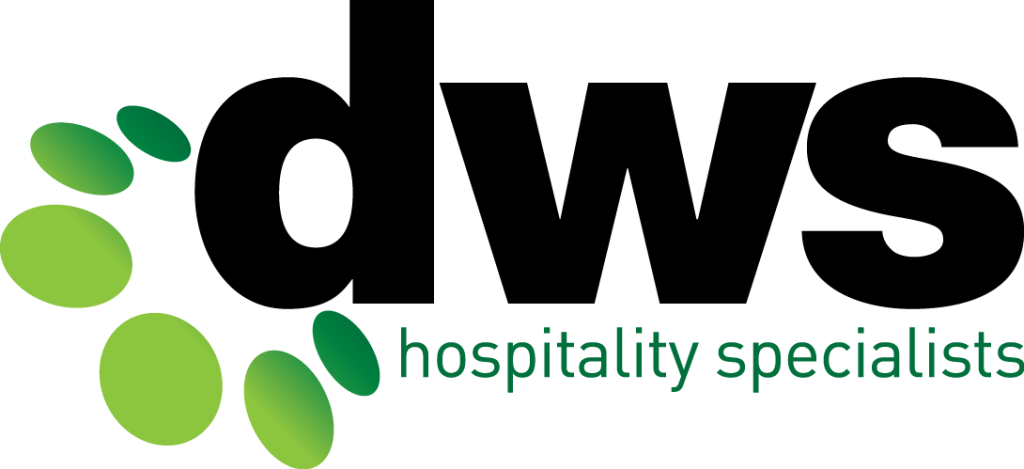Part of the December 8, 2023, changes to the Food Safety Standards 3.3.2A is the requirement to actively monitor and manage key food safety risks related to food temperature, food processing and cleaning and sanitising. This includes documenting the following activities:
- Safely receiving food (e.g. temperature of goods on receipt, quality of goods.)
- Safe storage (including maintenance of temperature and prevention of contamination).
- Safe processing (e.g. prevention of cross-contamination, 2/4 hour temperature controls, checking the temperature of cooked, cooling or reheated foods).
- Safe displaying (e.g. temperature of foods in bain marie or cold display units, separation of gluten-free foods from non-GF foods etc).
- Cleaning and sanitising activities (crockery, cutlery, drinking utensils, food contact surfaces).
Maintenance, waste management and pest control activities, while not specifically required under Standard 3.3.2A may also be documented to provide evidence of a complete food safety cycle.
You may already have some or all of the above systems, forms or checklists in place in your kitchens and cafes. If not, you need to move quickly to put the appropriate tools in place to be compliant with the new standards.
If any process does not meet the requirements, corrective actions must be taken and documented (such as discarding the food, getting the fridges repaired if they aren’t holding temperature etc.).

Why?
- All the above activities are critical for food safety.
- They provide proof of due diligence of your robust food safety program.
- They can assist if you receive food complaints to investigate the allegations.
- From December 8th, these are now mandatory for every Category 1 food business in Australia (e.g. restaurants, cafes, food trucks, caterers, takeaway shops, hospitals, child care centres, aged care facilities, pubs and clubs).
How
- All records are to be documented on the form or checklist each day, and dated (with the time where relevant e.g. temperature checks).
- You can use either paper-based forms or digital forms / systems.
- Records need to be kept for a minimum of 3 months.
If you are inspected by an authorised officer (e.g. Environmental Health Officer from your local council), you must be able to provide the evidence of the above activities, and also your training records for your Food Safety Supervisor and Food Handlers.
The best practice method of implementing the above is to have a comprehensive Food Safety Program for your food business, detailing how you manage all the elements required and referencing the form or checklist used to document each process.
HELP!
If you are looking for a Food Safety Program template, DWS have two options:
- DIY blank templates: you customise the plan, forms and checklists for your business; or
- Tailored Food Safety Program: we do all the customising for you with logos and your business details.
If you need assistance implementing your Food Safety Reporting Processes, please reach out to our Work Health, Safety & Compliance Advisor, Michelle Bates.



